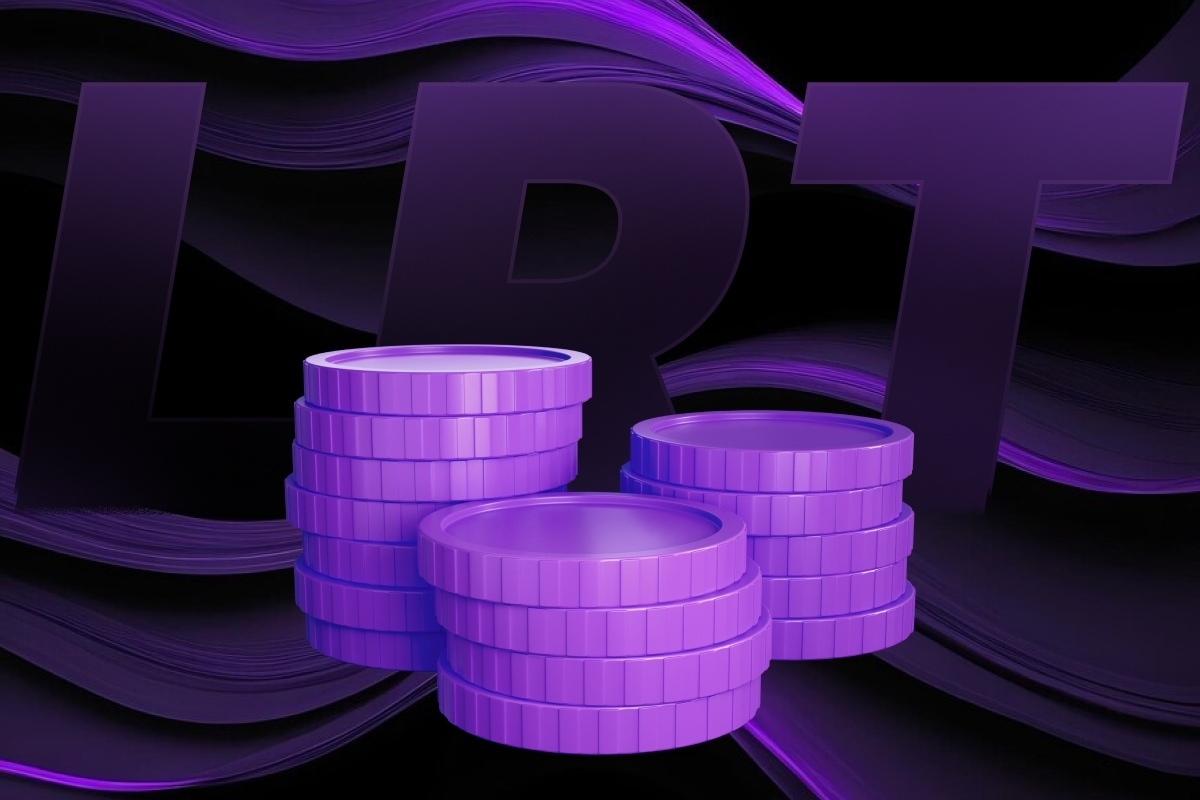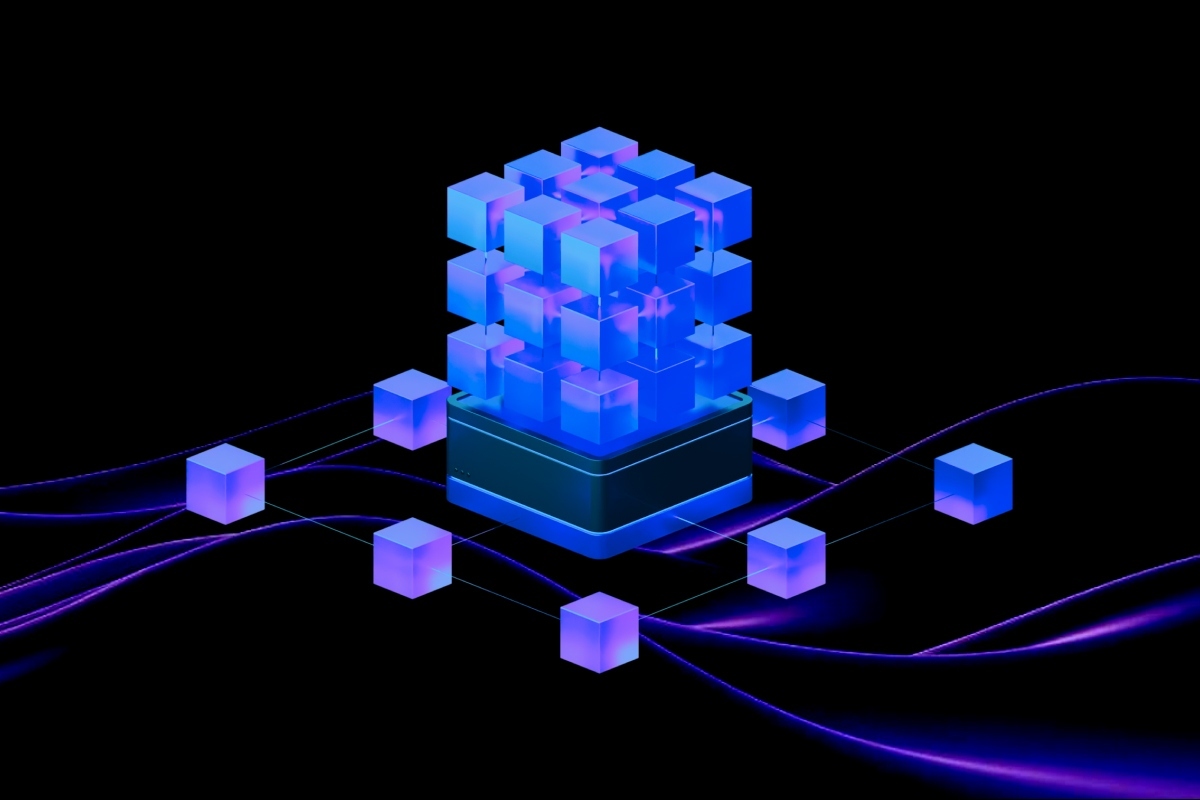SHARE THIS ARTICLE
What is Hyperledger?

Blockchain technology is not new anymore, and crypto currencies are going out of pictures as well. The reason being many scams followed by legalizing Initial Coin Offerings Token which after legalization are known as Securities token. But the underlying technology has changed too. The public ledger known as blockchain was a breakthrough in many industries, but it lacked features required by a single enterprise whose information sharing cannot take place in a public ledger such as Bit Coin or Ethereum-based blockchain. Hence, the Linux Foundation with collaboration with tech giant IBM reinvented this emerging technology known as Hyperledger. Hyperledger is a private blockchain. It requires permission from all the participants and information stored on blockchain cannot be accessed easily. Hyperledger is an umbrella project as well which includes following programs depending on various requirements:
Hyperledger Frameworks
1. Hyperledger Fabric
Hyperledger fabric is the foundation of Hyperledger projects. It is a blockchain framework specifically designed to simplify complex enterprise resources and actions. Hyperledger fabric provides a modular structure, allows other components such as membership in the blockchain, consensus services which is accessible as a plug-and-play. Here, smart contract comprises logic of the system and are known as “chaincodes.”
2. Hyperledger Burrow
Hyperledger Burrow is a smart contract with permission and is based on Ethereum Virtual Machine (EVM). Its primary function includes executing smart contract terms on a permission virtual machine. This project is particularly useful for internal transactions of a giant enterprise having numbers of subsidiaries to support main business. Here, peers or nodes can distribute half-signed transactions over the gossip protocol as a part of multi-signed transactions.
3. Hyperledger Iroha
Hyperledger Iroha provides another type of consensus algorithm known as Byzantine Fault Tolerant (BFT) and is written in C++. It is a blockchain platform that uses remote commands to execute complex accounts and digital assets transition. Here, peers or nodes can distribute half-signed transactions over the gossip protocol as a part of multi-signed transactions.
4. Hyperledger Sawtooth
Hyperledger Sawtooth is a platform for the distributed and decentralized ledger. It is also can be customized according to requirements and helps build, deploy and the distributed ledgers. Organizations who mainly want to have permanent, private data storage can benefit from this program.
5. Hyperledger Indy
Hyperledger Indy is a decentralized identity library with a feature of modularity. Based on requirements and purpose, a library can be built. Moreover, it provides reusable components to create an independent identity stored in blockchain or any other distributed ledger so they can communicate with other admin tools as well.
Out of the above Hyperledger framework, the Hyperledger fabric is one to look out for. Unlike traditional blockchain where the anonymity of participants and being public ledger where anyone with a private key can participate, the Hyperledger fabric is a network with permission and participants are known to each other. This tailor-made blockchain is for enterprises that are highly sensitive to sharing information. If anyone other than company’s stakeholders can access information, then it can affect the future of the company. Hyperledger Fabric can be understood more with the following unique features:
Features of Hyperledger Fabric
• System with permission
Hyperledger Fabric is a decentralized network with permission, and involved participants are known to each other. As enterprises’ transactions require more than a trustless cryptocurrency transaction, the anonymity of peers is not present. And a public network where any technical person can get access and corrupt the organization's system. Hyperledger fabric provides the feature of customization when it comes to sharing block of information with other participants.
• Confidential transactions
Despite being a network with known participants, transactions done and stored are confidential. This confidentiality is kept through layers of private channels known as smart contracts and chaincodes. Hyperledger fabric provides the feature of customization when it comes to sharing block of information with other participants.
• Pluggable architecture
It also has a plug-and-play feature which allows an organization to develop a blockchain based on industry needs. It is opposite to traditional BitCoin based blockchain where only one type of ledger process was possible.
• Easy to Start
In Hyperledger Fabric, smart contract development is possible with any programming language, on the contrary to traditional blockchain based smart contracts where custom programming languages need to be learned by the developers.
Application of Hyperledger fabric for a private enterprise blockchain is attracting more industry players to join the race of blockchain development for business. Also with Hyperledger, Hedera Hashgraph with its patents is likely to monopolize the blockchain market in the near future.
We hope you have found this article informative and interesting. For more information or queries contact us to know more about this technology.
Post Author

As a distinguished blockchain expert at Codezeros, Paritosh contributes to the company's growth by leveraging his expertise in the field. His forward-thinking mindset and deep industry knowledge position Codezeros at the forefront of blockchain advancements.



